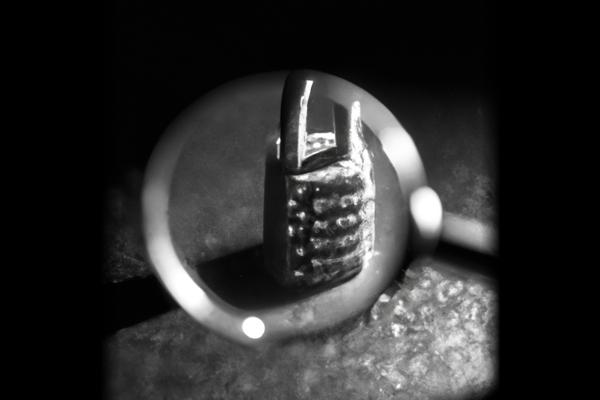Deepfake technology poses a growing threat in the financial services sector [1] [2] [4] [5], as cybercriminals exploit AI-generated content for fraud and social engineering attacks [5]. Recognizing altered videos and images is challenging for most people [5], making it difficult for financial professionals to protect themselves and their clients [5]. This threat is further amplified by the surge in digital banking adoption in South Africa, where 86% of South Africans are ready for all-digital banking [6]. Interpol recognizes deepfakes as a leading crime threat [6], projected to increase [6]. To combat this [6], South Africa needs to strengthen its technology to combat deepfakes and outsmart cybercriminals [2].
Description
Deepfakes have the potential to deceive individuals, manipulate financial transactions [5], and even impersonate the deceased, adding complexity to the issue [5]. However, there are technologies available to combat this growing threat. iiDENTIFii [1] [2], a company specializing in combating deepfakes, has achieved success using 4D liveness technology [1] [2]. This technology incorporates a timestamp and a three-step verification process using selfie and ID document data [1] [2], which is then checked against government databases [2]. It allows for accurate authentication of someone’s identity [2], protecting consumers and businesses from deepfake financial crimes while providing a simple [1] [2], accessible [2], and secure user experience [1] [2].
Deepfakes can also be used to impersonate high-ranking executives [5], manipulate financial reports [5], tamper with transactions [5], and compromise confidential data [5]. To effectively combat this threat, organizations in the financial sector need a proactive and comprehensive strategy. This strategy should include constant adaptation, awareness of innovative technology [5], and collaboration with experts [5]. By fortifying their defenses [5], the finance industry can overcome the threat of deepfakes and maintain security and confidence [5].
Furthermore, deepfakes and manipulated online content are considered serious security risks by an overwhelming majority of businesses. They can pose threats to individuals in positions of importance [3], such as leaders of countries or enterprises [3]. The FBI’s cyber division has warned that deepfakes are an emerging threat that can be used in social engineering attacks [3], including those targeting businesses [3]. However, a survey reveals that nearly half of the organizations lack a plan to address this growing menace [3]. While more than 80% of respondents recognize the potential risk of manipulated media [3], less than 30% have taken steps to mitigate fallout from a deepfake attack [3].
Conclusion
Not all verification technologies are equipped to handle the significant threat posed by deepfake technology in the financial services sector. South Africa needs to strengthen its technology to combat cybercriminals effectively [1] [2] [4]. However, there are existing technologies and processes that can safeguard financial services companies against deepfake fraud [1]. Many face biometric technologies now incorporate liveness checks [1], such as wink and blink [1], to verify and authenticate customers [1]. While some liveness detection technologies can detect physical image fraud [1], they struggle with digital injection attacks [1]. Specialized technology [1] [4] [6], like 4D liveness technology [1] [2] [4] [6], is needed to combat deepfakes [1]. iiDENTIFii has had success with their 4D liveness technology [1] [2], which includes a timestamp and a three-step verification process using the user’s selfie and ID document data [1] [2]. With the right technology [1], it is possible to protect consumers and businesses from deepfake financial crimes while providing a simple and safe user experience [1] [2]. The financial sector must prioritize the implementation of proactive and comprehensive strategies, including constant adaptation [5], awareness of innovative technology [5], and collaboration with experts [5], to mitigate the risks posed by deepfakes and maintain security and confidence in the industry.
References
[1] https://guardian.ng/apo-press-releases/how-financial-institutions-can-safeguard-against-deepfakes/
[2] https://securitymea.com/2023/08/30/how-financial-institutions-can-safeguard-against-deepfakes/
[3] https://www.techradar.com/news/deepfakes-could-be-the-next-big-security-threat-to-businesses
[4] https://www.thebulrushes.com/2023/08/29/here-is-how-financial-institutions-can-safeguard-against-deepfakes/
[5] https://www.darkreading.com/vulnerabilities-threats/4-strategies-to-safeguard-the-finance-industry-against-deepfake-onslaught
[6] https://www.itnewsafrica.com/2023/08/how-can-financial-institutions-safeguard-themselves-against-deepfakes/





